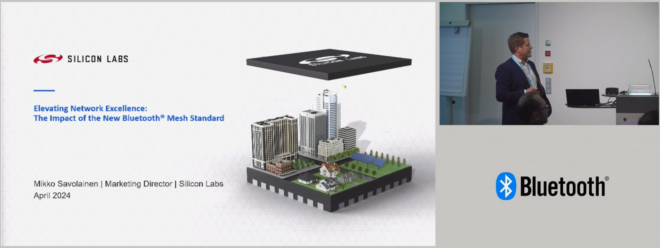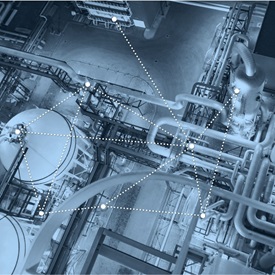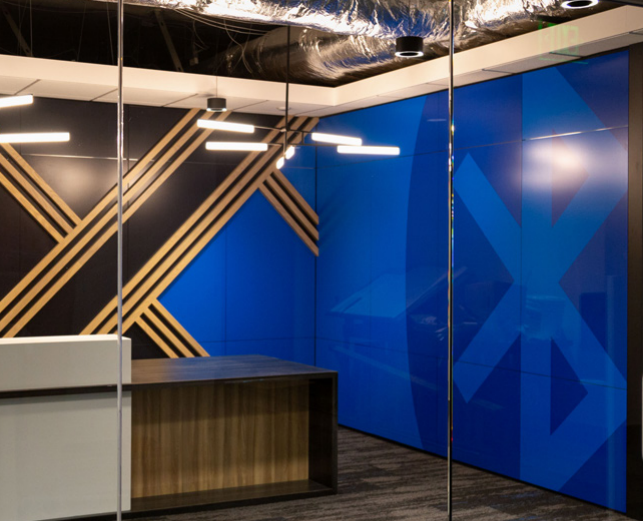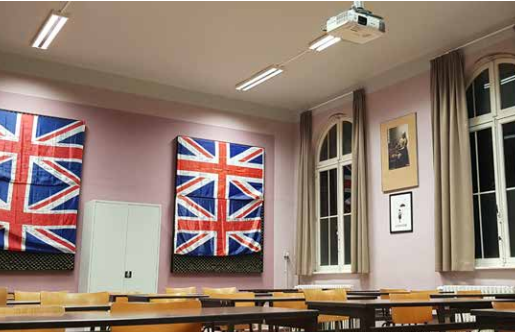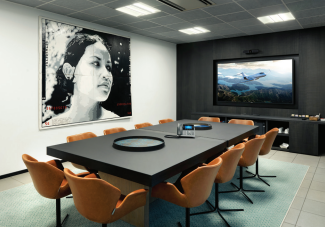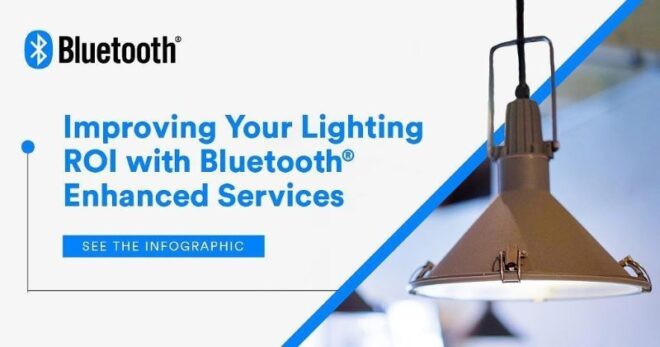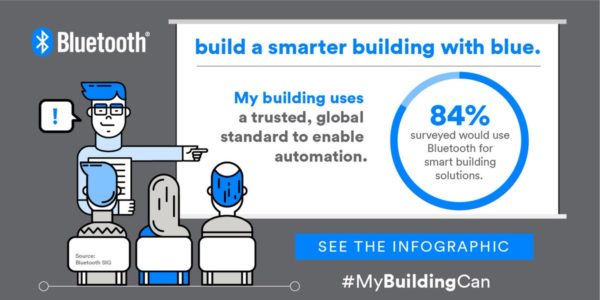Lighting control systems are deployed in offices, retail, healthcare, factories, and other commercial facilities to deliver a combination of energy savings, an enhanced occupant experience, and more efficient building operations. These systems feature an intelligent network of individually addressable and sensor-rich luminaires and control devices that allows each component of the system to send and receive data.
Three key benefits driving the demand for lighting control systems include:

- Significant Energy Savings: In addition to providing more refined scheduling and demand response, lighting control systems feature intelligent sensors to monitor occupancy and daylight levels and adjust light usage in real time, allowing for more efficient energy consumption.
- Better Occupant Experience: Quality of light is essential to occupant well-being and productivity. Traditionally, lighting systems have fallen short of achieving energy efficiency without compromising a building’s occupant experience. Lighting control systems enable task tuning and personal control for light-level management, striking the ideal balance between energy savings and occupant comfort.
- Improved Building Operations: Luminaires are now capable of providing performance data that can help better tune the system as well as critical health data that enables predictive maintenance. Occupancy, temperature, humidity, and air-quality sensors integrated into the lighting control system are also helping enable more efficient operation of other building systems, including HVAC and security.
![]()
FEATURED INNOVATION
Bluetooth Mesh Networking
Bluetooth® Mesh Networking enables the creation of large-scale device networks and is ideally suited for control, monitoring, and automation systems where hundreds or thousands of devices need to communicate with one another.
Standardizing Wireless Lighting Control
In the lighting industry, the potential for greater design flexibility, lower cost of implementation, and the increased future extensibility offered by wireless control solutions began to pique the market’s interest over a decade ago. However, the lack of a wireless standard presented a barrier to adoption, and leaders across the industry turned to Bluetooth® technology to light the path to standardization, as shown in Figure 1.
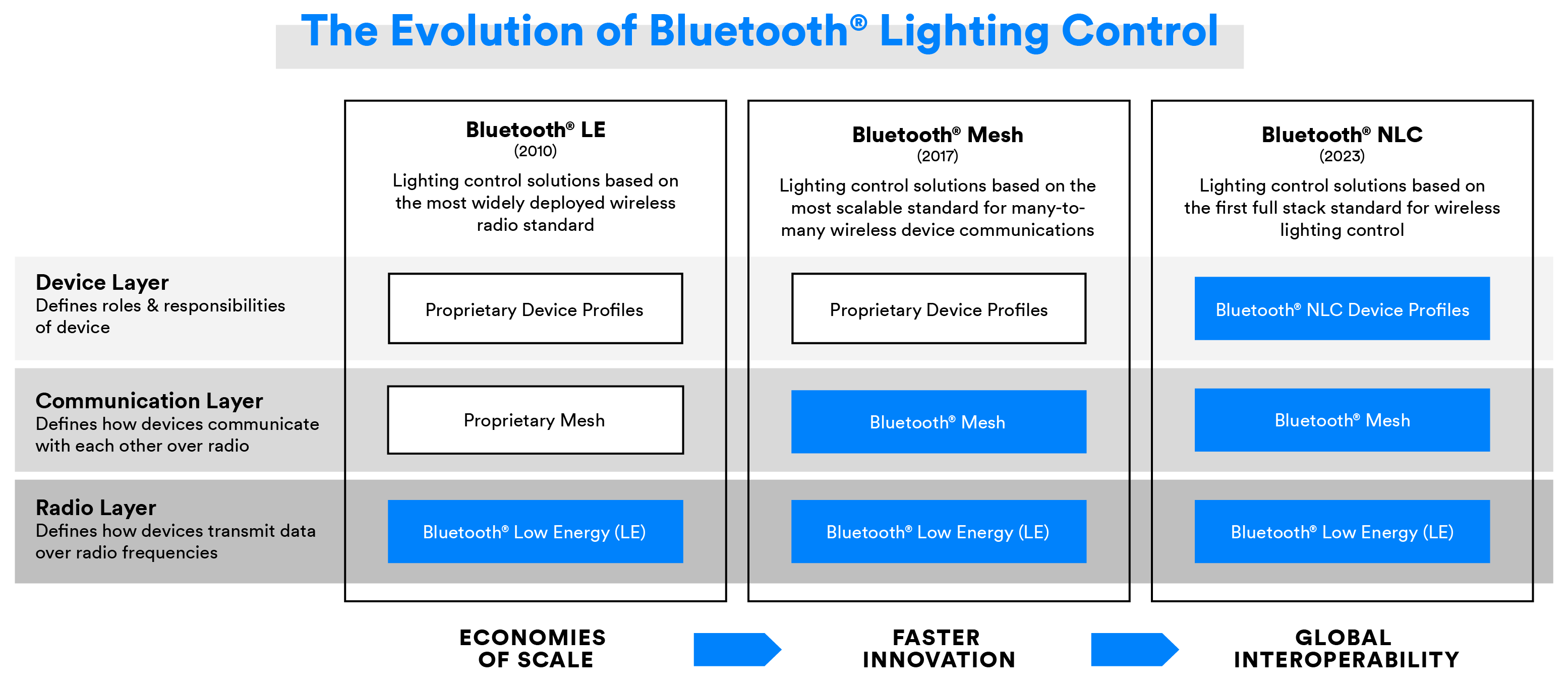
With standardization comes interoperability, and with interoperability comes trust – trust that products from different manufacturers can work together seamlessly, making it easier to combine products from multiple manufacturers to create fit-for-purpose, value-added systems. Standardization also helps reduce the costs of development, expand the overall size of the market, and encourage innovation by allowing manufacturers to focus their engineering efforts on higher-level, valued-added capabilities.
Ensuring global interoperability requires standardization at all three layers of a wireless lighting control solution – the radio layer, communication layer, and device layer. The radio lies at the base layer and defines how switches, luminaires, and other lighting control devices transmit data over radio frequencies. Sitting in the middle is the communication layer that determines how those same devices communicate with each other over the radio. At the top is the device layer. It defines the roles and responsibilities of devices in a lighting control network.
Bluetooth® NLC is the only full-stack standard for wireless lighting control.
Without a wireless standard to define functionality at the device layer, full standardization does not exist, limiting global mainstream adoption and preventing the market from reaching its full potential. Bluetooth® Networked Lighting Control (NLC) solves this challenge. Specifically designed to meet the scale, reliability, and security demands required in commercial settings, Bluetooth NLC is the only full-stack standard for wireless lighting control. By offering standardization from the radio through the device layer, Bluetooth NLC enables true multi-vendor interoperability and mass adoption of wireless lighting control.
Learn more about Bluetooth Networked Lighting Control.
![]()
FEATURED INNOVATION
Networked Lighting Control
Bluetooth® Networked Lighting Control systems are deployed in offices, retail, healthcare, factories, and other commercial facilities to deliver a combination of energy savings, an enhanced occupant experience, and more efficient building operations.
照明制御システムはオフィス、小売、医療、工場などの商用施設で導入が進み、省エネや施設利用者の快適性向上、建物運用の効率化に寄与しています。照明制御システムでは、センサーを豊富に搭載した照明器具と制御装置が、それぞれアドレスを持ちデータを送受信する、インテリジェントなネットワークを形成しています。
照明制御システムに対する需要を牽引しているのは、次の3つの主要なメリットです。
- 大幅な省エネが可能:照明制御システムを使用すれば、照明スケジュールをきめ細かに設定できるだけでなく、インテリジェントセンサーを用いて在室状況や外光による明るさを監視し、リアルタイムに調光を行うことで、より効率的な電力消費が可能になります。
- 利用者体験の向上:高品質の照明は、利用者の健康と生産性に極めて重要な役割を果たします。従来の照明では使い勝手を損なわずに省エネを実現することは困難でした。しかし照明制御システムを使用することにより、作業または個人に合わせて光量レベルの管理ができるため、省エネと利用者の快適性を両立する理想的なバランスを実現できます。
- 施設運用の効率化:照明制御システムでは、システム設定の調整改善に使用できる実績データや、予知保全を可能にする重要な状態データを、照明器具から得られます。人感・気温・湿度・空気品質などの各種センサーが照明制御システムに組み込まれており、HVACやセキュリティをはじめとする他のビルシステムの効率向上にも役立ちます。
ワイヤレス照明制御の標準化
ワイヤレス照明制御は、設計の柔軟性向上、設置コストの削減、将来的な拡張性の向上に向けた可能性によって、10年以上前から照明業界で注目を集め始めていました。しかしワイヤレス標準規格がなかったことが普及の妨げとなり、図1に示すように、業界を牽引する各社はBluetooth®︎技術に標準化への道筋を求めました。
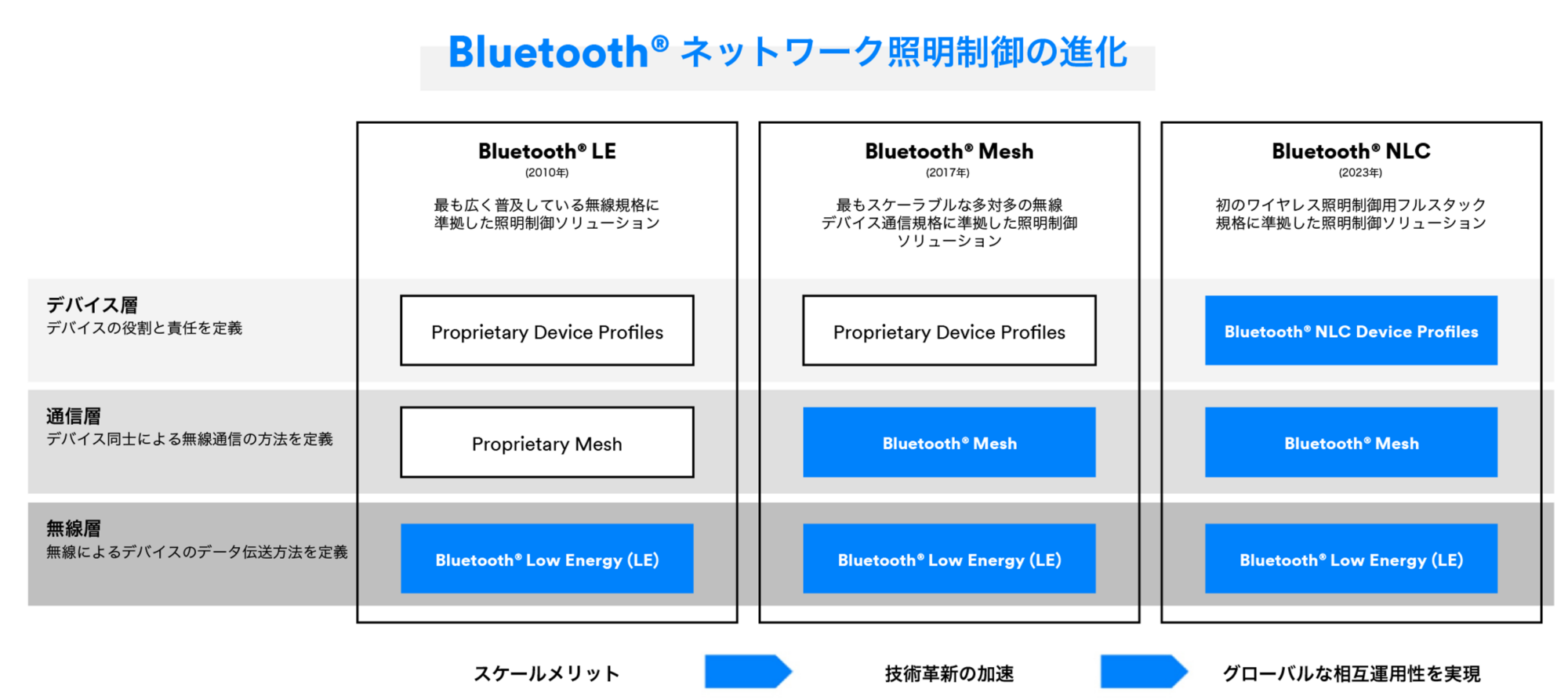
図1:Bluetooth照明制御の進化
標準規格によって相互運用性が生まれ、相互運用性によってメーカーが異なる製品でもシームレスに連携できるという安心感がもたらされます。これにより、目的に合わせて複数メーカーの製品を組み合わせ、価値の高いシステム構築が容易になります。標準規格は開発コストの削減や市場規模の拡大につながるほか、メーカーは付加価値を生み出すより高度な機能の開発に集中できるため、イノベーションの加速も期待できます。
グローバルな相互運用性を確保するには、ワイヤレス照明制御ソリューションの「無線層」「通信層」「デバイス層」の3つの層すべてに標準規格が必要です。無線層は最下層に位置し、スイッチや照明装置、その他の照明制御デバイスが無線周波数を介してデータ伝送を行う方法を定義します。中間にある通信層では、無線通信を介した同種のデバイス間での通信方法を定義します。最上層にあるのがデバイス層で、照明制御ネットワーク内のデバイスの役割と責任を定義します。
デバイス層における役割を定義するワイヤレス標準規格がない状態では、完全な標準規格が存在するとは言えません。そのためグローバルでの主流形成には限界があり、市場の可能性を最大限発揮することも不可能です。この課題を解決するのが、Bluetooth®︎ NLC(Networked Lighting Control:ネットワーク照明制御)です。特に商用環境で求められるスケール、信頼性、セキュリティに対応できるように策定されたBluetooth NLCは、ワイヤレス照明制御で唯一のフルスタック標準規格です。無線層からデバイス層にわたる標準規格を提供することにより、Bluetooth NLCは、マルチベンダー間での真の相互運用性とワイヤレス照明制御の幅広い普及を可能にします。
Bluetooth NLCについて、詳しくはこちらをご覧ください。





